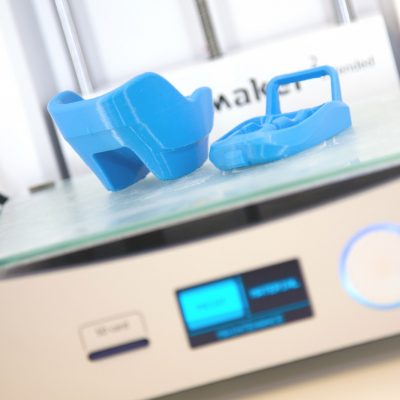
The importance of prototyping in the product design process
The final stage of the product design process involves taking the new product concept and creating a prototype to initiate a final concept and mock-up.
Review and refine your design
To finalise the initial concept creation stage, designers, as well as the design studio in general, create a 3D prototype that’s going to be either a look alike mock-up, or even a look alike and work-like sample. This is where the whole creative team, as well as the customer, can get hands on experience with the new design and creative solution. Many designers have found that it’s not always what they envisioned on a piece of paper or a screen, so the prototype can alter their view, once they have the sample in front of them.
The prototype is usually as close as possible to the final product that’s going to hit the market, at least in it’s latest release, and allows multiple people to review all key factors of the new design, such as proportions, ergonomics, anthropometrics, aesthetics, etc…, without having to incur hefty costs of tooling and assembly line.
The benefits of prototyping
Prototyping is highly beneficial, since it reduces the risk of launching a faulty or imperfect product on the market and gives the industrial design team time to review and refine even the most minute detail.
Particularly in heavily regulated market sectors like baby care products, safety equipment such as helmets, body armour, safety goggles, or medical equipment for example, this allows for in-depth testing, that will ensure the product is complying with the current regulation and will be safe for the final user. These tests can include crash-testing, fatigue-testing, fire-retarding tests, all depending on what the product is.
Discovery prototypes
Just as for the initial concept creation stage, designers have a whole array of different tools and technologies they can use to create the appropriate mock-up sample for testing. The most popular and cheapest available is obviously 3D printing, in all its different possible configurations.
Other options for prototyping include:
- CNC machining, where a 3D computerised robotic arm mills out the 3D shape out of a solid block of material, usually a Poly-urethane foam available in different densities, based on the specific need);
Traditional Clay Modelling, where a talented craftsmen will chisel and mould the final shape from a block of clay. This is generally still used today in the transportation design sector;
If you have a great idea for a new product or you are struggling to get your product to the next stage, register for our next webinar here> https://register.gotowebinar.com/register/5873222101701179406
